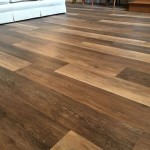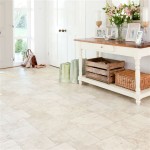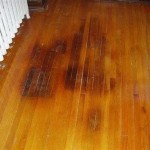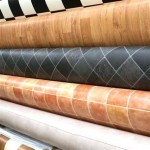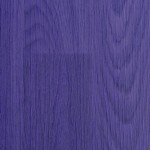Laminate wood flooring is a popular choice for many homeowners because of its durability and affordability. However, even the best laminate floors can suffer damage over time, and repairs can be necessary. Whether you’re dealing with scratches, dents, or water damage, here are some tips and tricks for repairing laminate wood floors yourself.
Surface Scratches
Surface scratches are one of the most common problems with laminate flooring. Fortunately, these are also the easiest to fix. All you’ll need is some fine-grit sandpaper, a damp cloth, and some wood filler. Start by lightly sanding the affected area until the scratch is no longer visible. Next, use the damp cloth to remove any dust. Finally, apply wood filler to the area, let it dry, and then sand it down until it’s flush with the floor.
Dents and Gouges
Dents and gouges can be a bit trickier to repair. For these types of damage, you’ll need some wood putty, a putty knife, and a damp cloth. Start by filling the affected area with the wood putty, making sure to fill it completely. Use the putty knife to spread the putty evenly, and then use the damp cloth to wipe away any excess. Once the putty is dry, use a fine-grit sandpaper to smooth the area and make it flush with the rest of the floor.
Water Damage
Water damage is one of the most serious problems that laminate flooring can suffer. If you’re dealing with water damage, you’ll need to start by using a wet/dry vacuum to remove any standing water. Once the water has been removed, you’ll need to let the area dry completely before attempting any repairs. After the area is dry, you can use some wood putty to fill in any gaps or cracks. Finally, use a fine-grit sandpaper to make the area flush with the rest of the floor.
Tips for a Professional Finish
To ensure that your laminate floor repair looks as good as new, there are a few tips to keep in mind. First, be sure to use the same type of wood filler or putty as the flooring for a seamless finish. Second, make sure to sand down any areas that have been filled or repaired until they’re completely flush with the floor. Finally, always use a damp cloth to wipe away any dust or debris before applying any wood filler or putty.
When to Call a Professional
Although many laminate wood floor repairs can be done yourself, there are some cases where it’s best to call a professional. If the area affected by the damage is large or if the damage is extensive, a professional may be needed to ensure that the repair is done correctly. Additionally, if you’re unsure of how to repair the damage yourself, it’s best to call a professional to avoid any costly mistakes.
Conclusion
Laminate wood floor repair can be a tricky process, but with the right tips and tricks, it can be done with ease. From surface scratches to water damage, there are many things you can do yourself to get your laminate floor looking good as new. However, if the damage is extensive or you’re unsure of how to repair it yourself, it’s best to call a professional for help.















Related Posts

